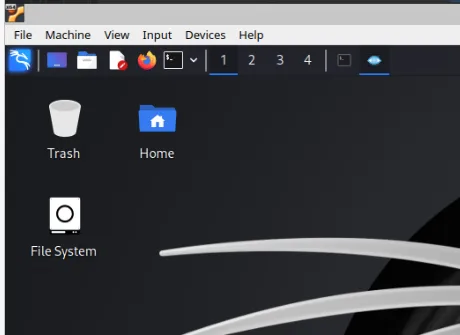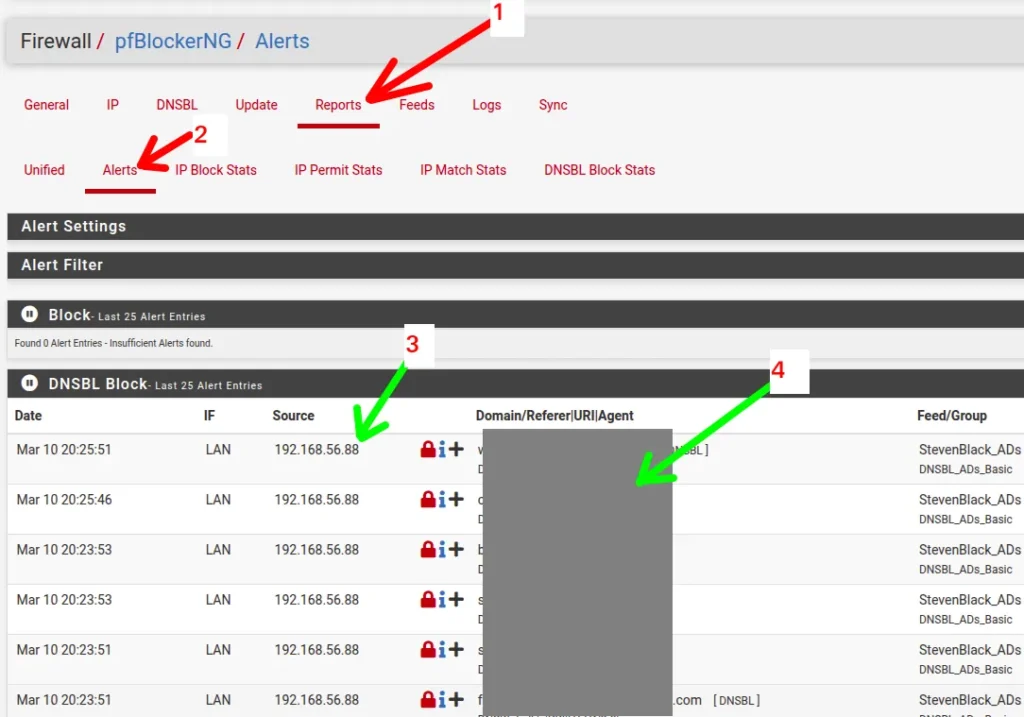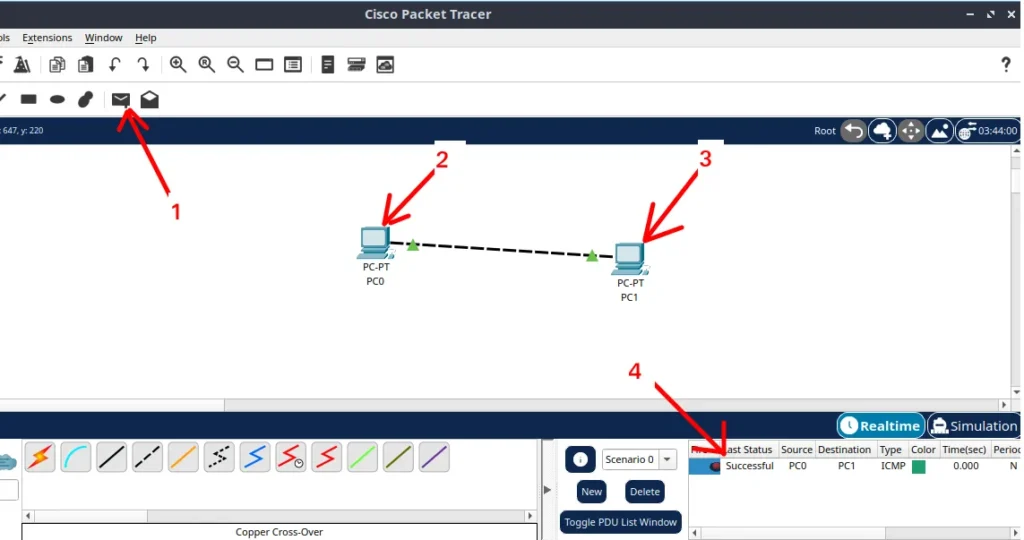This is a free VPN course where you gain knowledge to help you create home and business VPNs.
We will present a direction on how to create and configure VPN using virtual environments so that you can reproduce the knowledge acquired using an environment with virtual machines.
We intend to continuously insert content, update content about VPNs, and address different VPN technologies.
Initially, we will work with VPNs based on OpenVPN. And we will cover the following topics:
- Lesson 1: Installing OpenVPN on Linux | Server and Client
- Lesson 2: Updating OpenVPN Client on Linux | Install OpenVPN Linux Client
- Lesson 3: Install OpenVPN client on Windows
- Lesson 4: OpenVPN on Mobile | Protect your mobile access
- Lesson 5: OpenVPN Server on PfSense | Installation and Configuration
- Lesson 6: OpenVPN PfSense Site to Site | Connecting Businesses with VPN
Lesson 1: Installing OpenVPN on Linux | Server and Client
Here we will learn how to install an OpenVPN server on a Linux machine. The idea of this first part is to provide easy-to-understand content, including explaining in practice several concepts such as certificate authority and certificates used in VPN.
After that, we will learn how to configure the firewall and virtual environment to perform the VPN connection tests.
It is worth mentioning that we also present how to install and configure an OpenVPN client on a Linux machine.
Lesson 2: Updating OpenVPN Client on Linux | Install OpenVPN Linux Client
Here we will introduce how to install or update an OpenVPN client to a newer version. Some OpenVPN servers use a more recent version, creating incompatibility with OpenVPN clients of older versions.
This tutorial will explain how to update your OpenVPN client or even install a newer version from scratch.
Also, we explain how to connect to a newer OpenVPN server.
Lesson 3: Install OpenVPN client on Windows
Here we will present the installation of an OpenVPN Client on a Windows machine in a simple and didactic way.
This class is interesting today mainly because most users use Windows on their computers. With the increasing number of people working from home offices, the demand for VPN connections between users and companies has increased.
Lesson 4: OpenVPN on Mobile | Protect your mobile access
We present how to install and configure an OpenVPN client on a smartphone. In this way, the user can create more secure connections between his cell phone and his home or the company he works for.
This content can be particularly useful for professionals who use their smartphones to perform routine tasks in their work environment. Consequently, by creating a VPN between your cell phone and the company, the professional can access resources that previously could only be accessed within the company.
Lesson 5: OpenVPN Server on PfSense | Installation and Configuration
This class will teach you how to configure an OpenVPN server on a machine with pfSense. PfSense is commonly used when we want a secure operating system with a graphical interface that simplifies the configuration process.
In this way, we present the configuration of OpenVPN in Pfsense and demonstrate how the connection could be made using an OpenVPN client in a virtualized environment.
Lesson 6: OpenVPN PfSense Site to Site | Connecting Businesses with VPN
Here we will discuss the use of a VPN to connect two companies. In this case, we can assume that we connect a matrix with a branch. In addition, the scenario covered in the course can also generate learning to create VPNs between offices and home offices.
Throughout the tutorial, virtual environments will be used so that you can create the test environment and learn conceptual and practical knowledge with simplicity and objectivity.

Juliana Mascarenhas
Data Scientist and Master in Computer Modeling by LNCC.
Computer Engineer
How to Use Snap Behind a Proxy on Linux (Step-by-Step Guide)
In this guide, you’ll learn how to configure Snap to work behind a proxy, even…
How to Create a Network with a Switch in Packet Tracer – Step-by-Step Guide for Beginners
In this practical tutorial, I will show you how to create a simple switch network…
Why use Kali Linux inside VirtualBox?
In this article, we will see the main reasons for considering the use of Kali…
How to install pfBlocker on pfSense: step by step guide
Today we will learn how to install pfBLocker NG in PFSense. pfBLocker is an excellent…
Packet Tracer for Dummies: Setting Up Your First Network with 2 PCs (Quick Start Guide)
Are you ready to take the first step into the fascinating world of computer networks?…
Learn how to use the curl command: tutorial with practical examples
Today we are going to learn about the curl command in Linux! This command is…







